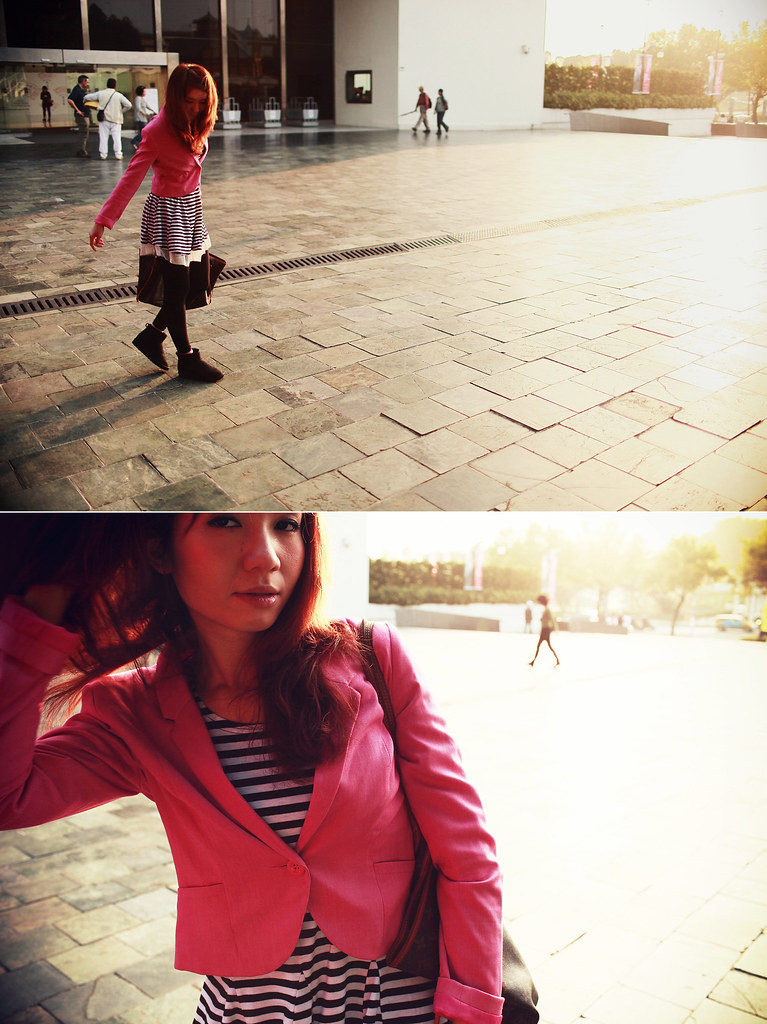
↑TIME GAMES: CONTEMPORARY APPROPRIATIONS OF THE PAST in Taipei Fine Arts Museum
March 4 2012 台灣當代.玩古喻今
好像夢境一樣不真實,是全面啟動的感 覺來著。

↑TIME GAMES: CONTEMPORARY APPROPRIATIONS OF THE PAST in Taipei Fine Arts Museum
March 4 2012 台灣當代.玩古喻今
館內好久沒有我這麼喜歡的展覽了! 展覽以中國傳統繪畫或器物的複製及再現為藍本,呈現出當代藝術的樣貌,由今看古或以古鑑今,或是隱喻或是諷刺。
This exhibition presents: The works of 23 Taiwanese contemporary artists who, since the 1990s, have springboarded their creative explorations from local historical and cultural contexts, as well as individual life experiences. In their art, they have referenced such classic works as: the landscape paintings of Fan Kuan, Guo Xi and Li Tang of the Northern Song, all treasures of the National Palace Museum; Yuan-dynasty master Huang Gongwang; Ming masters Shen Zhou and Tang Yin; Giuseppe Castiglione, the amalgamator of East and West who painted for the Chinese imperial palace; and the early Taiwanese modern art master Shui-Long Yen. Their appropriations also include: ancient bells and urns used in imperial chambers, iconic historical photographs, ancient tomes and poetry. Based on the subject matter of the appropriated works, the exhibition is divided into seven categories, harkening back to the classification system of dynastic China: Landscapes; Taoism and Buddhism; Human Figures; Tales of the Mysterious; Calligraphy; Flowers, Birds and Beasts; and Photographic Images. In this way, it examines the intentions of contemporary artists in appropriating these classic works, and the ways in which they have refashioned the past.
In Taiwan of the 1960s, the influential art forms arriving from the West were predominantly abstract and conceptual art. It was not until the 1990s that Western Dadaism and Warholian pop art began to have a significant impact. After the end of martial law in 1987, the pace of democratization in Taiwanese society quickened, and social attitudes gradually opened up. This was reflected in art with a broadening of thought and diversification of creative elements and subject matter. In “postmodern” society with its commercialization and mass reproduction of images, “classic works” and literary narratives became disengaged from their cultural contexts, losing their functions as palace decorations and sources of enlightenment. No longer was art the symbolically expressive, elite works of the traditional humanities. It had moved from the refined, gentrified classes of the past to the popular culture of today.
For the contemporary age, these classic works present richly beautiful, powerful images and a sense of mystery engendered by distance in time. Yet unlike dynastic-era artists whose imitations were based on the foundation of “reverence for antiquity,” these famous works, after having undergone mass reproduction, ceased being rarely glimpsed works of the imperial court and became “images” that anyone could behold or obtain at a moment’s notice. They had even lost the textures and brushstrokes of the original, existing in a “flattened” state. Ruminating on local history, cultural values and identity, Taiwanese contemporary artists made use of those artworks that once adorned imperial power and symbolized the tastes of the literati class, engaging in a dialogue with their own history and culture, disassembling, reassembling, re-creating and altering the styles and subject matter of classic works through symbolic or allegorical images in order to enunciate their views on the present-day state of affairs through simile or metaphor. These include: consideration and breakthroughs in aesthetics and forms of expression; criticism of the current state of Taiwanese society, history and culture; voicing of their own inner ideal worlds and feelings about life; and the transformation of the artistic tastes of the past to a popular, commercial aesthetic more closely oriented toward everyday life. At the same time, as contemporary artists re-examine and re-create classic works of the past, they also re-accentuate and rediscover the artistic accomplishments of the past in light of new definitions and the perspective of art history. As artists refabricate the past, amid this convergence of dual-directional observation, discovery, transformation and original creation, they yield a wealth of meaning and limitless possibilities of expression in the contemporary era.
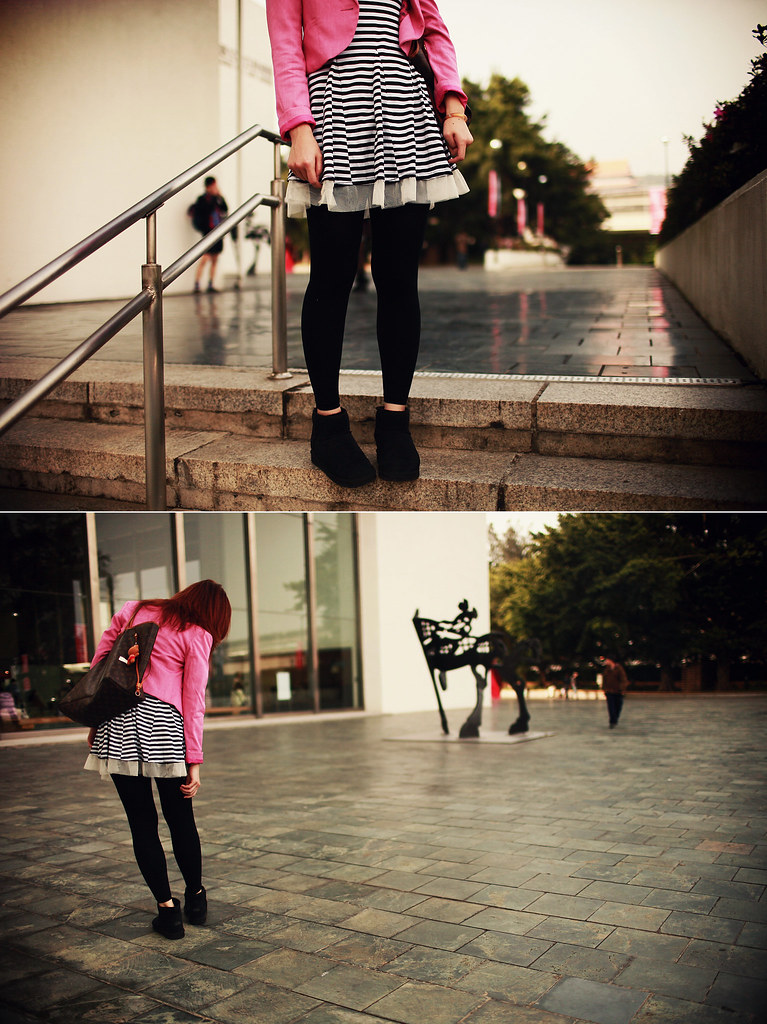
↑TIME GAMES: CONTEMPORARY APPROPRIATIONS OF THE PAST in Taipei Fine Arts Museum
March 4 2012 台灣當代.玩古喻今
有一種說故事的感覺。

↑三月銀鹽週記
March 4 2012
信義公民會館 ,被外拍的人佔據了 。

↑三月銀鹽週記
March 10 2012
a red washcloth&a washcloth
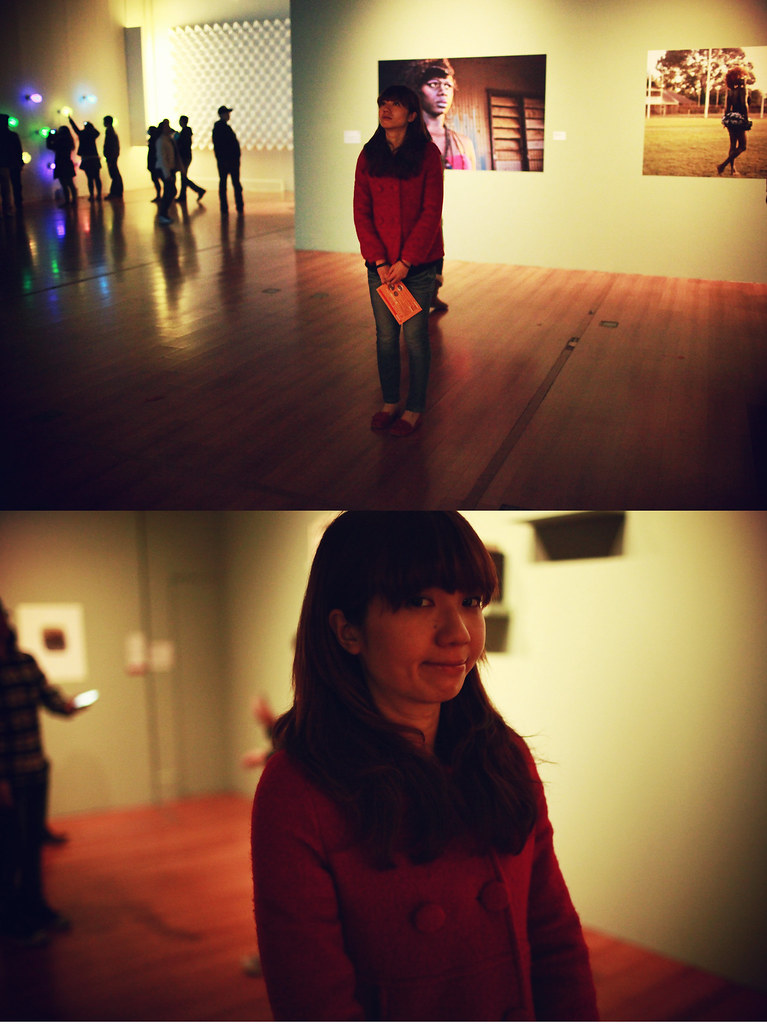
↑三月銀鹽週記
March 11 2012
三月當代藝術館的某個展覽。
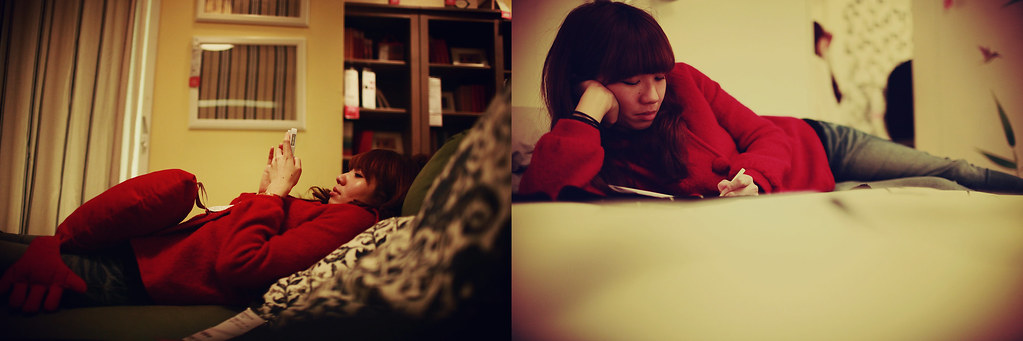
↑三月銀鹽週記
March 4 2012
好像都需要安排在宜家家居照相一樣,陳每狗看起來好舒適。
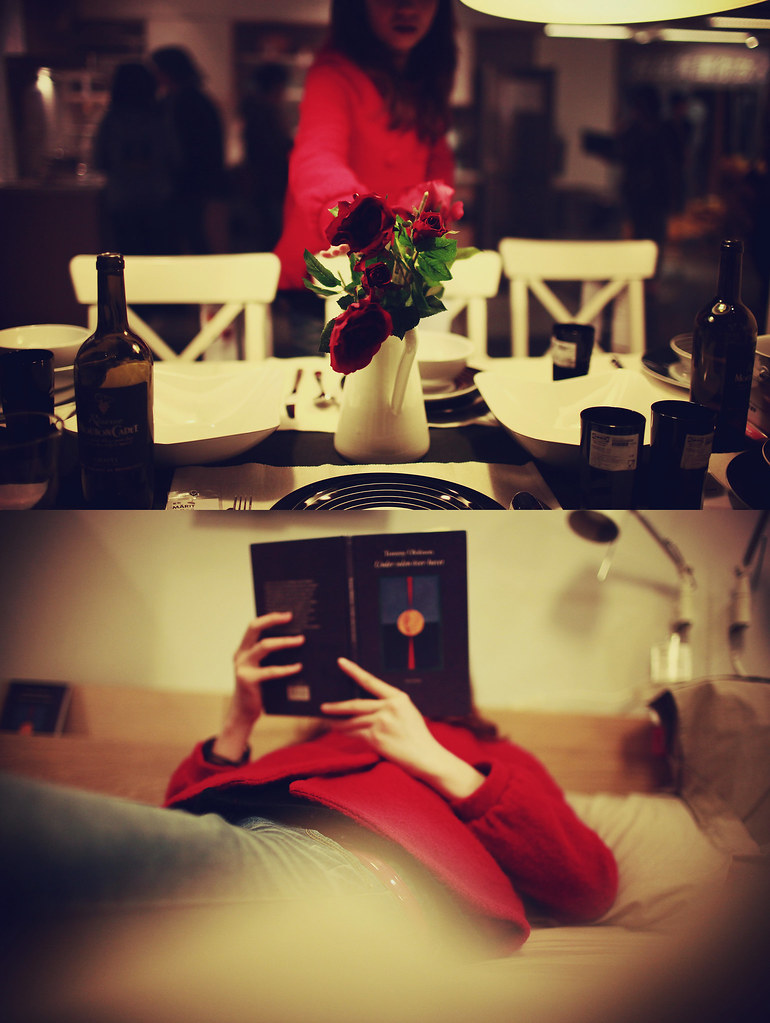
↑三月銀鹽週記
March 4 2012
有一種女主人的氣勢。
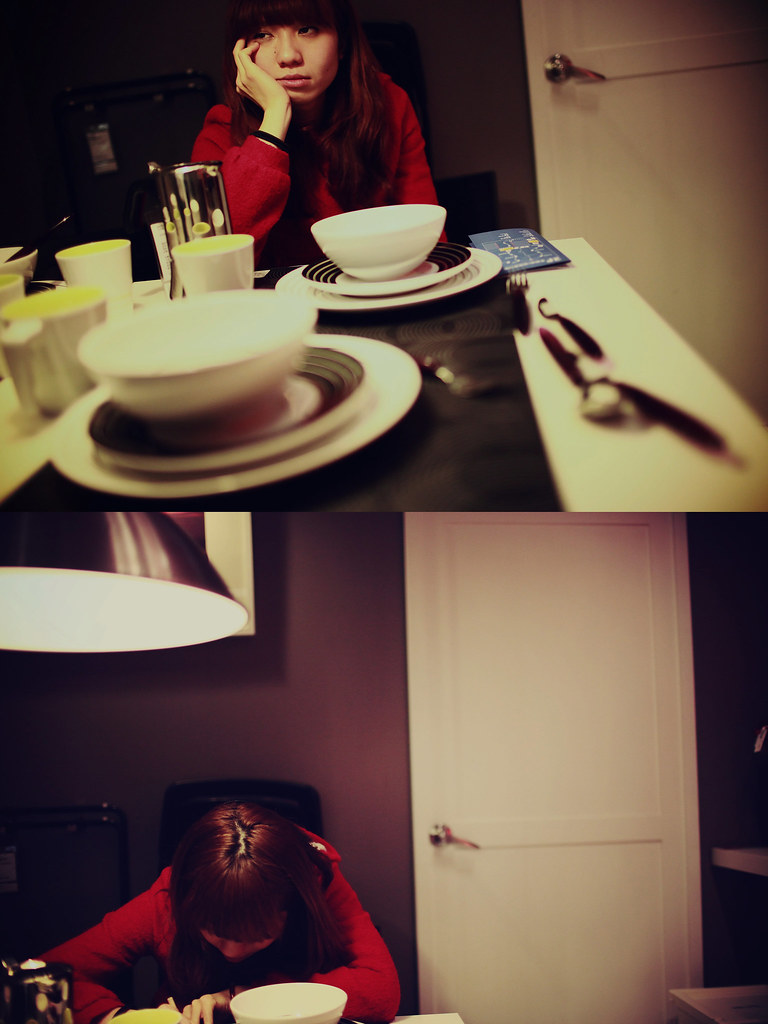
↑三月銀鹽週記
March 4 2012
有一種誰來晚餐的感覺。
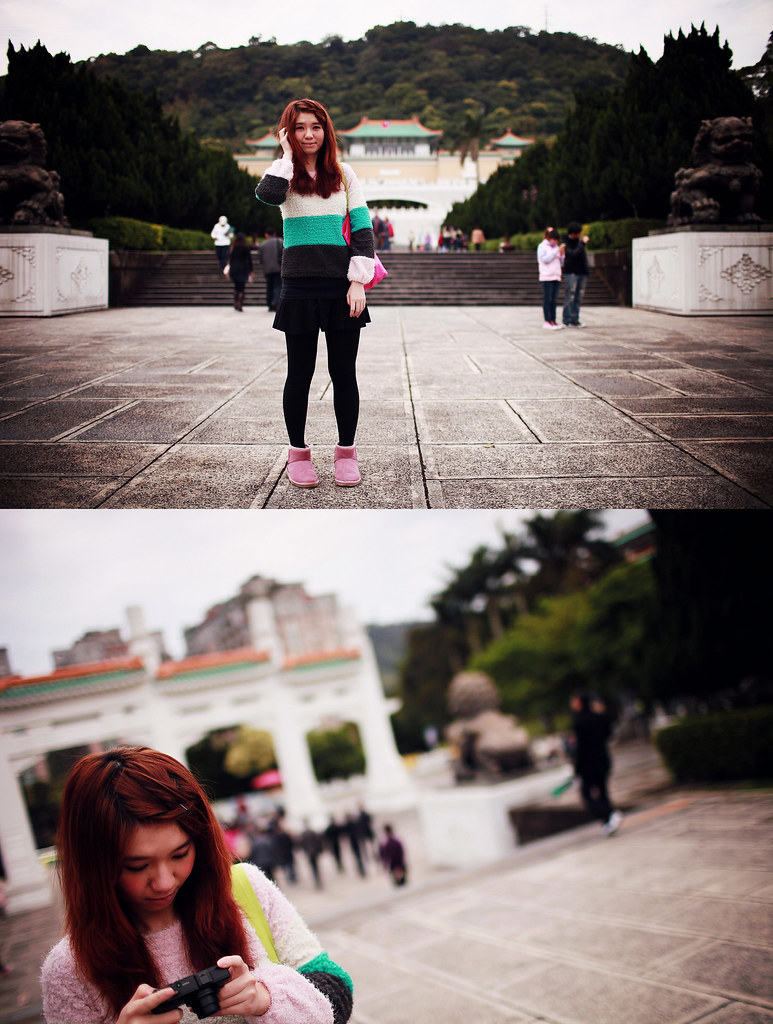
↑月銀鹽週記
March 24 2012
看完步步驚心,要來故宮看步步有心機很會玩阿哥的若曦。
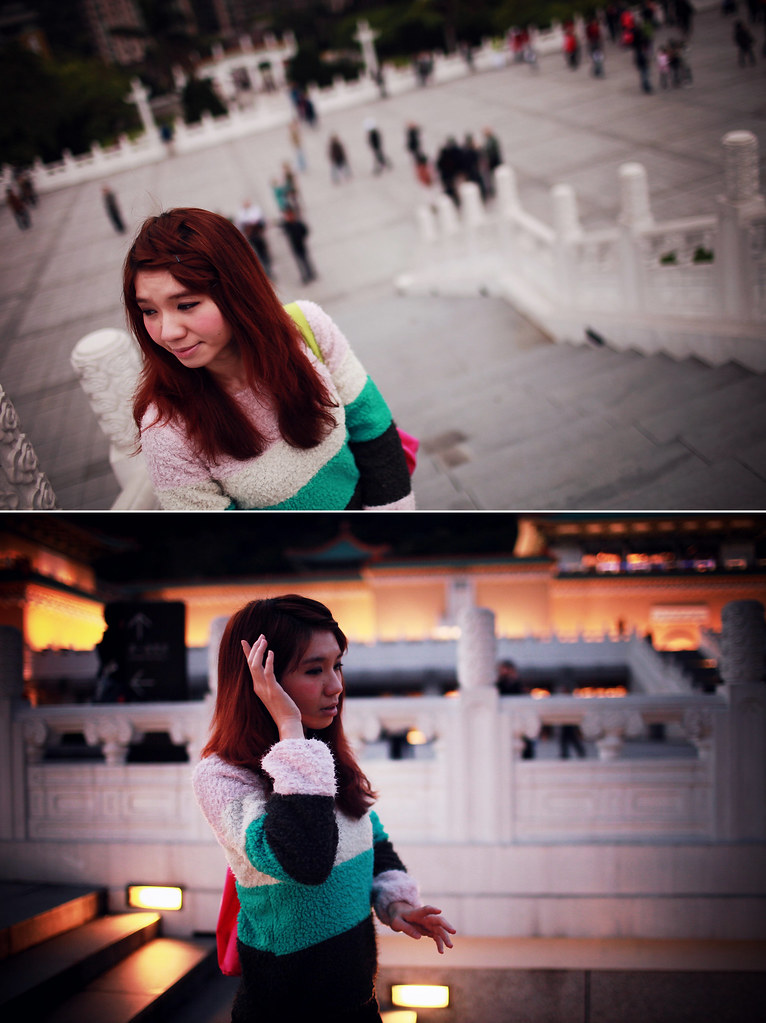
↑三月銀鹽週記
March 24 2012
不管是清朝人還是現代人好像都要過好自己的人生。
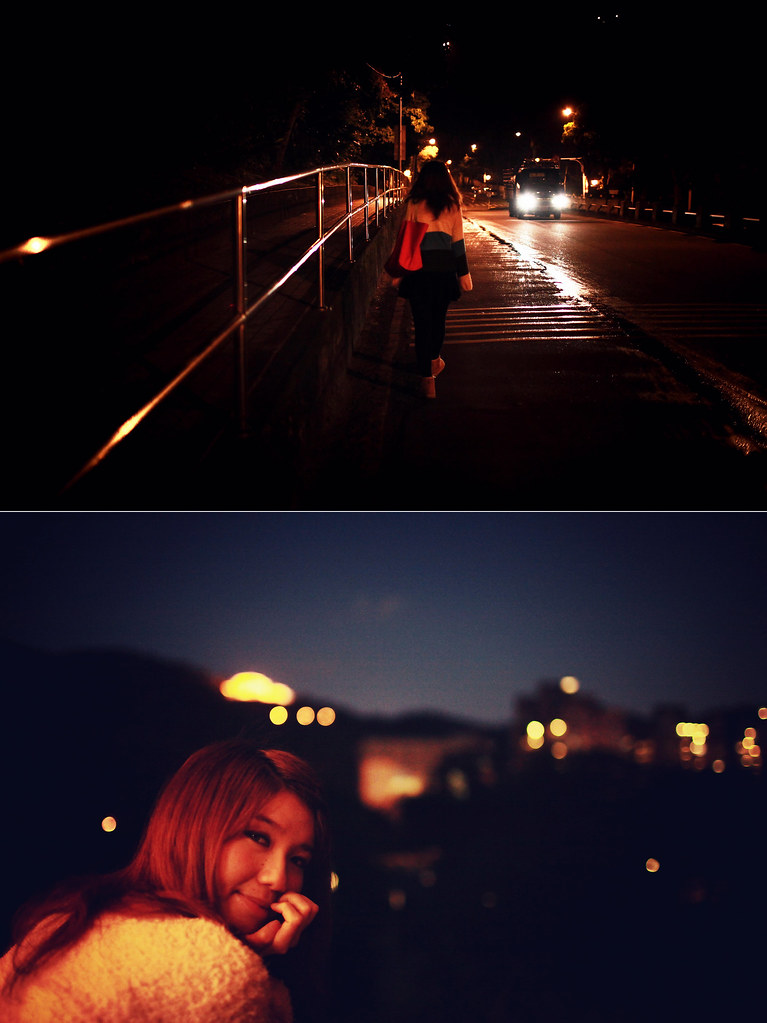
↑三月銀鹽週記
March 24 2012
離開真實的四爺笑的好傻李傻氣的撫媚。
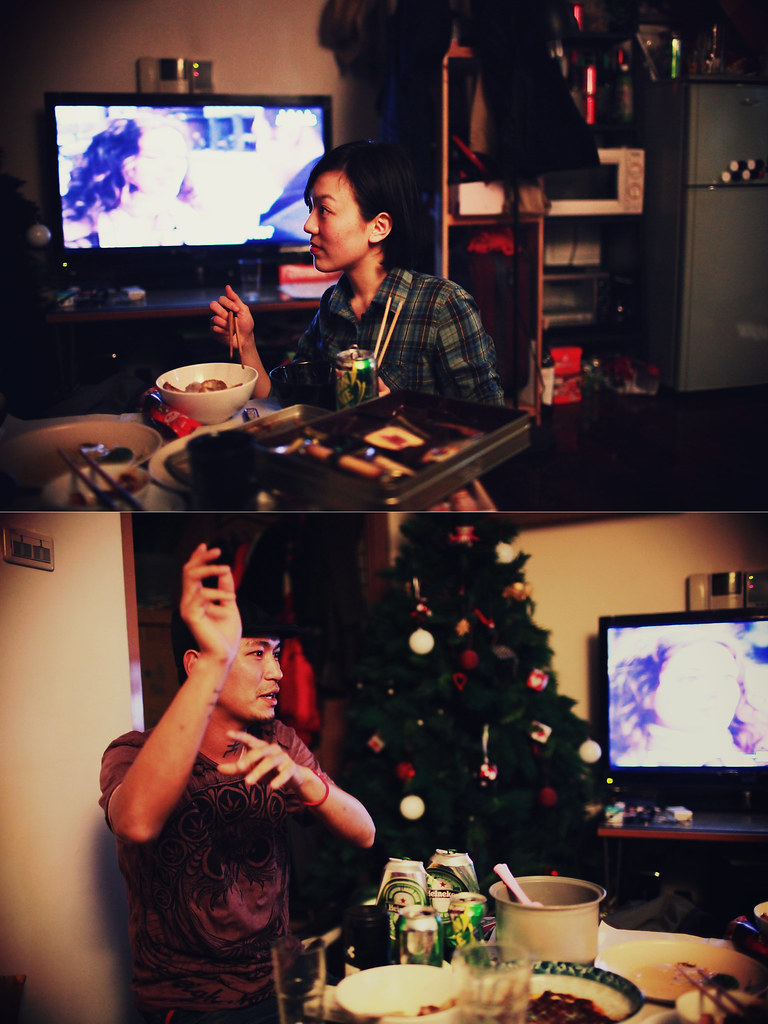
↑三月銀鹽週記
March 27 2012
家裡難得有客人,是很奇妙的組合。
三月銀鹽週記我們下週見
大熊的旅遊銀鹽週記看更多 本帖最後由 taiestw 於 2013-4-28 04:07 編輯
|
|